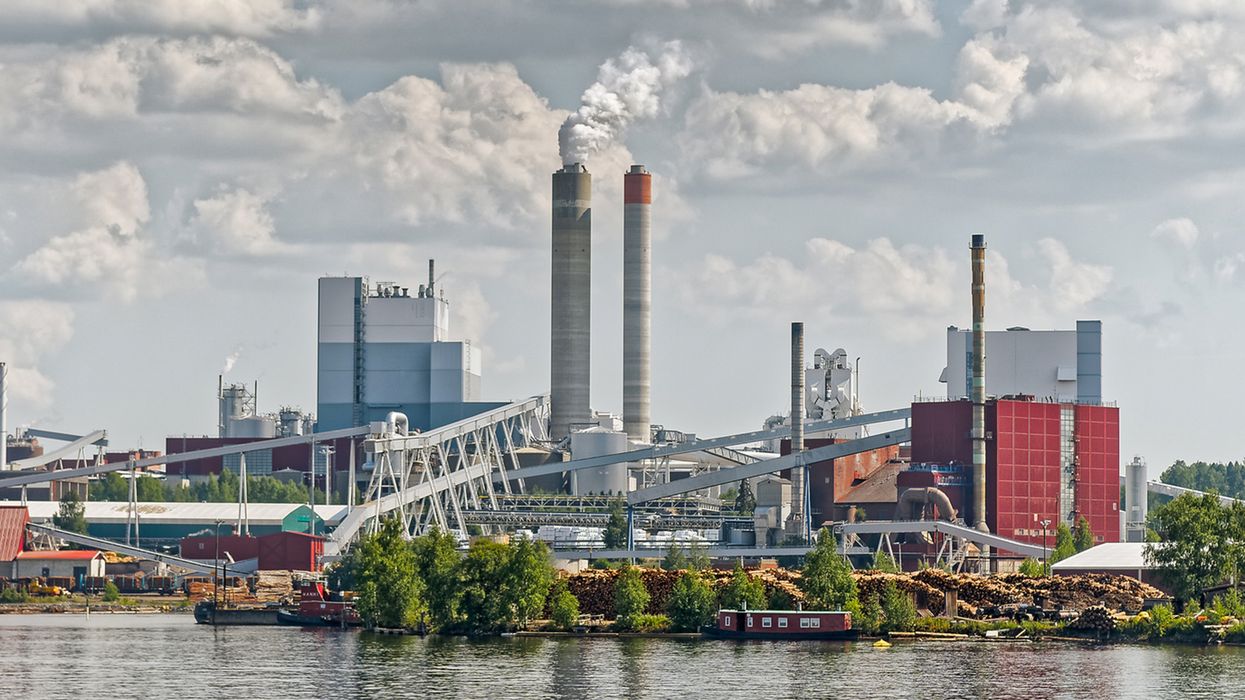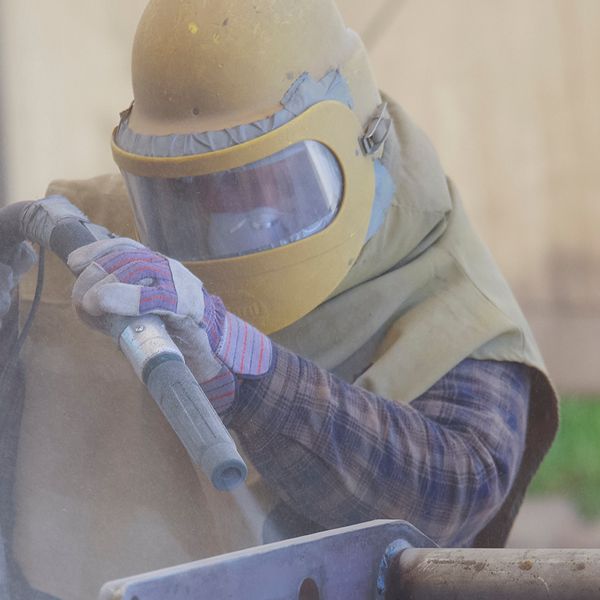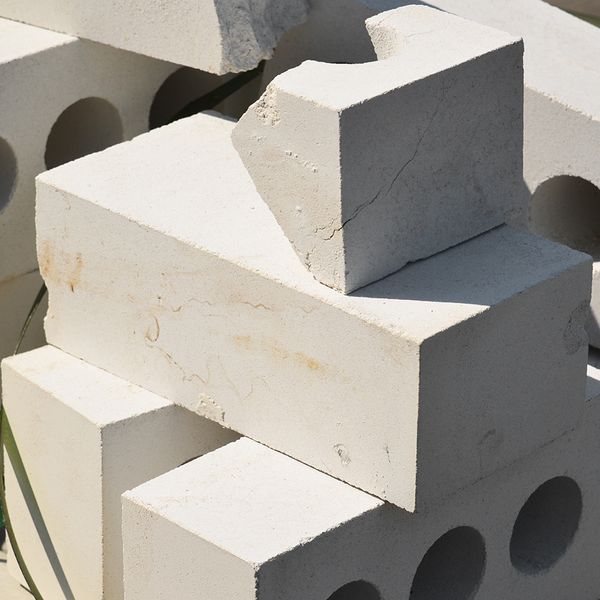Don’t grit your teeth about abrasive blasting safety
During abrasive blasting operations, both the abrasives and the surface coatings on the materials blasted are shattered and pulverized. This creates particle “dust” which workers breathe in. The composition and toxicity of the dust from these sources must be considered in making an evaluation of the potential health hazards.
In October 2022, OSHA cited an abrasive blasting contractor for five willful, 15 serious, and one other-than-serious violations. The Agency proposed $573,681 in penalties. Some of these violations were related to the lack of proper personal protective equipment (PPE). Critical PPE for abrasive blasting operations include respiratory devices, gloves, aprons, and safety shoes.
Respirators
Use only respirators approved by the National Institute for Occupational Safety and Health (NIOSH) under 42 CFR 84 to protect yourself from dusts produced during abrasive-blasting operations. Abrasive-blasting respirators must be worn when you are:
- Working inside of blast-cleaning rooms, or
- Using silica sand in manual blasting operations where the nozzle and blast are not physically separated from you in an exhaust ventilated enclosure, or
- When concentrations of toxic dust dispersed by the abrasive blasting may exceed the limits set in 29 CFR 1910.1000 and the nozzle and blast are not physically separated from you in an exhaust-ventilated enclosure.
Dust filter respirators
You may use properly fitted particulate-filter respirators, commonly referred to as dust-filter respirators, for short, intermittent, or occasional dust exposures such as cleanup, dumping of dust collectors, or unloading shipments of sand at a receiving point when it is not feasible to control the dust by enclosure, exhaust ventilation, or other means.
The respirators used must be approved by NIOSH under 42 CFR 84 for protection against the specific type of dust encountered.
You may use dust-filter respirators to protect yourself outside of abrasive-blasting operations where non-silica abrasives are used on materials having low toxicities.
Dust-filter respirators must not be used for continuous protection where:
- Silica abrasive is used as the blasting abrasive, or
- Toxic materials are blasted.
Respiratory protection program
If you use respirators required by this section, your employer must implement a respiratory protection program in accordance with OSHA 1910.134.
Other protective equipment
You must be equipped with heavy canvas or leather gloves and aprons or equivalent protection to protect yourself from the impact of abrasives. Safety shoes must be worn to protect against foot injury where heavy pieces of work are handled. Safety shoes must conform to the requirements of American National Standard for Men’s Safety-Toe Footwear, Z41.1-1967.
You must use equipment for protection of your eyes and face when the respirator design does not provide such protection. This equipment must conform to the requirements of OSHA 1910.133.
Key to remember
During abrasive blasting operations, both the abrasives and the surface coatings on the materials blasted are shattered and pulverized. This creates particle “dust” which workers breathe in and an evaluation of the potential health hazards must be performed.



















































